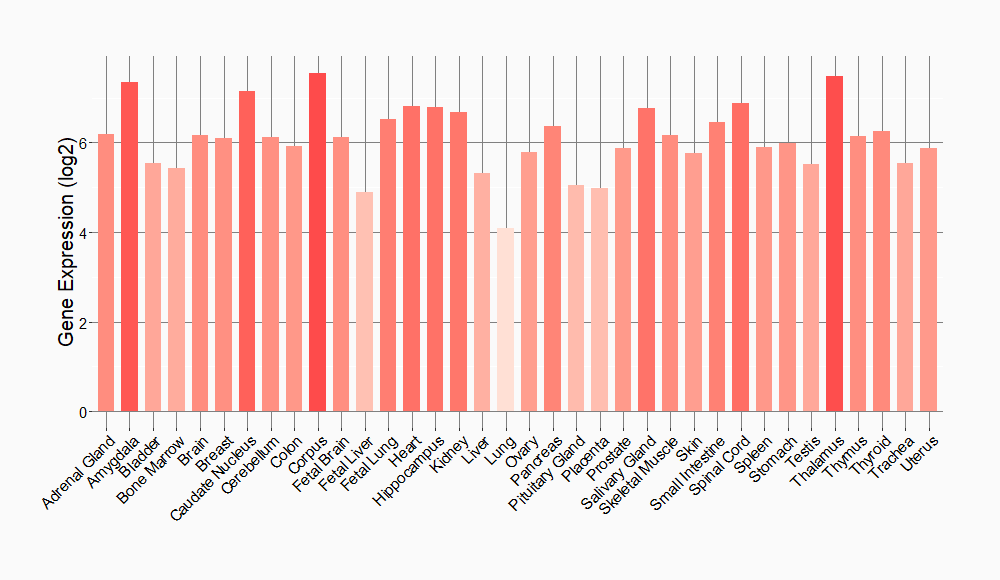Molecule Information
General Information of the Molecule (ID: Mol00408)
| Name |
Homeodomain-interacting protein kinase 2 (HIPK2)
,Homo sapiens
|
||||
|---|---|---|---|---|---|
| Synonyms |
hHIPk2
Click to Show/Hide
|
||||
| Molecule Type |
Protein
|
||||
| Gene Name |
HIPK2
|
||||
| Gene ID | |||||
| Location |
chr7:139561570-139777998[-]
|
||||
| Sequence |
MAPVYEGMASHVQVFSPHTLQSSAFCSVKKLKIEPSSNWDMTGYGSHSKVYSQSKNIPLS
QPATTTVSTSLPVPNPSLPYEQTIVFPGSTGHIVVTSASSTSVTGQVLGGPHNLMRRSTV SLLDTYQKCGLKRKSEEIENTSSVQIIEEHPPMIQNNASGATVATATTSTATSKNSGSNS EGDYQLVQHEVLCSMTNTYEVLEFLGRGTFGQVVKCWKRGTNEIVAIKILKNHPSYARQG QIEVSILARLSTESADDYNFVRAYECFQHKNHTCLVFEMLEQNLYDFLKQNKFSPLPLKY IRPVLQQVATALMKLKSLGLIHADLKPENIMLVDPSRQPYRVKVIDFGSASHVSKAVCST YLQSRYYRAPEIILGLPFCEAIDMWSLGCVIAELFLGWPLYPGASEYDQIRYISQTQGLP AEYLLSAGTKTTRFFNRDTDSPYPLWRLKTPDDHEAETGIKSKEARKYIFNCLDDMAQVN MTTDLEGSDMLVEKADRREFIDLLKKMLTIDADKRITPIETLNHPFVTMTHLLDFPHSTH VKSCFQNMEICKRRVNMYDTVNQSKTPFITHVAPSTSTNLTMTFNNQLTTVHNQAPSSTS ATISLANPEVSILNYPSTLYQPSAASMAAVAQRSMPLQTGTAQICARPDPFQQALIVCPP GFQGLQASPSKHAGYSVRMENAVPIVTQAPGAQPLQIQPGLLAQQAWPSGTQQILLPPAW QQLTGVATHTSVQHATVIPETMAGTQQLADWRNTHAHGSHYNPIMQQPALLTGHVTLPAA QPLNVGVAHVMRQQPTSTTSSRKSKQHQSSVRNVSTCEVSSSQAISSPQRSKRVKENTPP RCAMVHSSPACSTSVTCGWGDVASSTTRERQRQTIVIPDTPSPTVSVITISSDTDEEEEQ KHAPTSTVSKQRKNVISCVTVHDSPYSDSSSNTSPYSVQQRAGHNNANAFDTKGSLENHC TGNPRTIIVPPLKTQASEVLVECDSLVPVNTSHHSSSYKSKSSSNVTSTSGHSSGSSSGA ITYRQQRPGPHFQQQQPLNLSQAQQHITTDRTGSHRRQQAYITPTMAQAPYSFPHNSPSH GTVHPHLAAAAAAAHLPTQPHLYTYTAPAALGSTGTVAHLVASQGSARHTVQHTAYPASI VHQVPVSMGPRVLPSPTIHPSQYPAQFAHQTYISASPASTVYTGYPLSPAKVNQYPYI Click to Show/Hide
|
||||
| Function |
Serine/threonine-protein kinase involved in transcription regulation, p53/TP53-mediated cellular apoptosis and regulation of the cell cycle. Acts as a corepressor of several transcription factors, including SMAD1 and POU4F1/Brn3a and probably NK homeodomain transcription factors. Phosphorylates PDX1, ATF1, PML, p53/TP53, CREB1, CTBP1, CBX4, RUNX1, EP300, CTNNB1, HMGA1 and ZBTB4. Inhibits cell growth and promotes apoptosis through the activation of p53/TP53 both at the transcription level and at the protein level (by phosphorylation and indirect acetylation). The phosphorylation of p53/TP53 may be mediated by a p53/TP53-HIPK2-AXIN1 complex. Involved in the response to hypoxia by acting as a transcriptional co-suppressor of HIF1A. Mediates transcriptional activation of TP73. In response to TGFB, cooperates with DAXX to activate JNK. Negative regulator through phosphorylation and subsequent proteasomal degradation of CTNNB1 and the antiapoptotic factor CTBP1. In the Wnt/beta-catenin signaling pathway acts as an intermediate kinase between MAP3K7/TAK1 and NLK to promote the proteasomal degradation of MYB. Phosphorylates CBX4 upon DNA damage and promotes its E3 SUMO-protein ligase activity. Activates CREB1 and ATF1 transcription factors by phosphorylation in response to genotoxic stress. In response to DNA damage, stabilizes PML by phosphorylation. PML, HIPK2 and FBXO3 may act synergically to activate p53/TP53-dependent transactivation. Promotes angiogenesis, and is involved in erythroid differentiation, especially during fetal liver erythropoiesis. Phosphorylation of RUNX1 and EP300 stimulates EP300 transcription regulation activity. Triggers ZBTB4 protein degradation in response to DNA damage. Modulates HMGA1 DNA-binding affinity. In response to high glucose, triggers phosphorylation-mediated subnuclear localization shifting of PDX1. Involved in the regulation of eye size, lens formation and retinal lamination during late embryogenesis.
Click to Show/Hide
|
||||
| Uniprot ID | |||||
| Ensembl ID | |||||
| HGNC ID | |||||
| Click to Show/Hide the Complete Species Lineage | |||||
Type(s) of Resistant Mechanism of This Molecule
Drug Resistance Data Categorized by Drug
Approved Drug(s)
1 drug(s) in total
| Drug Resistance Data Categorized by Their Corresponding Mechanisms | ||||
|
|
||||
| Disease Class: Ovarian cancer | [1] | |||
| Resistant Disease | Ovarian cancer [ICD-11: 2C73.0] | |||
| Resistant Drug | Paclitaxel | |||
| Molecule Alteration | Expression | Down-regulation |
||
| Experimental Note | Revealed Based on the Cell Line Data | |||
| Cell Pathway Regulation | Cell apoptosis | Inhibition | hsa04210 | |
| miRNAs/HIPk2/MDR1/P-gp signaling pathway | Regulation | hsa05206 | ||
| In Vitro Model | A2780 cells | Ovary | Homo sapiens (Human) | CVCL_0134 |
| Experiment for Molecule Alteration |
Western blotting analysis | |||
| Experiment for Drug Resistance |
MTT assay | |||
| Mechanism Description | Transfection of A2780/Taxol cells with the inhibitors of miR-27a decreased the expression of MDR1 mRNA and P-gp protein, increased HIPk2 protein expression, enhanced the sensitivity of A2780/taxol cells to paclitaxel, increased paclitaxel-induced apoptosis and the fluorescence intensity of intracellular Rh-123. The deregulation of miR-27a may be involved in the development of drug resistance, regulating the expression of MDR1/P-gp, at least in part, by targeting HIPk2 in ovarian cancer cells. | |||
Disease- and Tissue-specific Abundances of This Molecule
ICD Disease Classification 02

| Differential expression of molecule in resistant diseases | ||
| The Studied Tissue | Ovary | |
| The Specified Disease | Ovarian cancer | |
| The Expression Level of Disease Section Compare with the Healthy Individual Tissue | p-value: 4.73E-01; Fold-change: -6.68E-03; Z-score: -3.28E-02 | |
| The Expression Level of Disease Section Compare with the Adjacent Tissue | p-value: 2.22E-01; Fold-change: 2.25E-01; Z-score: 5.02E-01 | |
|
Molecule expression in the normal tissue adjacent to the diseased tissue of patients
Molecule expression in the diseased tissue of patients
Molecule expression in the normal tissue of healthy individuals
|
||
| Disease-specific Molecule Abundances |

|
Click to View the Clearer Original Diagram |
Tissue-specific Molecule Abundances in Healthy Individuals


|
||
References
If you find any error in data or bug in web service, please kindly report it to Dr. Sun and Dr. Zhang.
